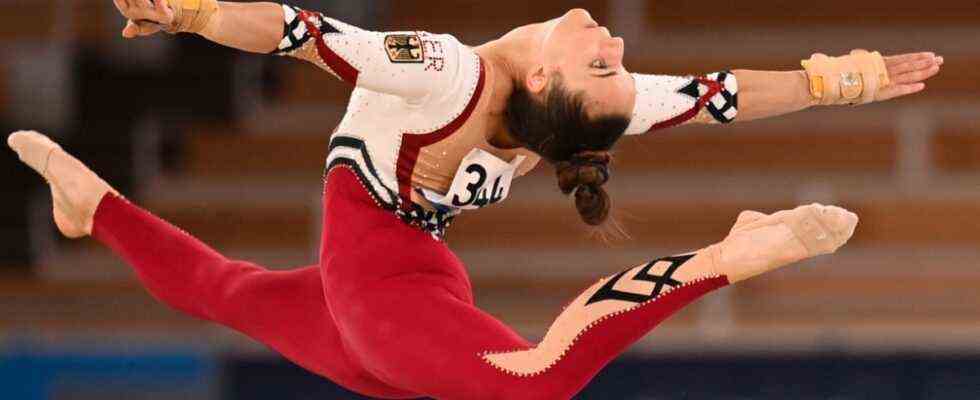Sport has always had a special ring to it. Freedom and joy swung with it, sociability, friends and the opportunity to compete, maybe even to perform excellently, yes, to be the best one day. Today, this image of the ideal world has deep cracks, global and probably always, organized sport carries with it a problem that it unintentionally creates itself: Many of its pupils are patronized, humiliated, insulted, mistreated and even raped.
A third of the mostly young athletes who train in Germany have already experienced sexual violence, as a 2016 study showed. A republic-wide follow-up study examines the current status of acts of abuse and the question of how effectively or inadequately attacks are actually prevented in sport. Another bad result is to be feared in the coming year.
Because the well-known causes continue to have an effect: almost nowhere in society do trainers and caregivers find such easy access to children as they do in sport. This is normal at first, but it is also a risk. It is not uncommon for a relationship of trust to develop between coaches and – possibly highly talented – confidants who overlook a saying that one is too fat or too lazy, or repeated strange touches, again and again, also because of the supposedly great career prognosis.
The gymnastics group of balance beam specialist Pauline Schäfer could be a role model
Such cases have become public in this country in recent years in swimming, gymnastics, judo or figure skating, it should be only a small part of the problem. Because the institution, the “System Sport” is also indirectly involved. The associations work largely autonomously, they are also under financial pressure, are busy with everyday worries and have to prove success in the constant competition for media attention. For this reason, too, the internal clarification cannot really be effective, even if the umbrella organization DOSB last asserted this. Many, albeit hidden, indications from those affected are still subordinated to the success, otherwise the rates of attacks cannot be explained.
Therefore, since the topic of security is getting bigger and bigger internationally and already bears the label “Safe Sport”, the old course has to be broken. In gymnastics in Chemnitz, for example, a group around the balance beam World Cup second Pauline Schäfer offers its own gymnastics group, which is dedicated to non-violent yet high-quality training. This could become an example for others. And also in the major sports politics, the decisive course is likely to be set. Instead of the associations, i.e. one’s own employers, largely neutral bodies should take over the investigation. It looks like it comes down to the athletes’ representation “Athleten Deutschland” or the anti-doping agency Nada, help from the Ministry of the Interior or a combination of everything.
Ideally, the agencies would not be accountable to anyone, and at the same time they would have in-depth knowledge of the structures in sport. Still, the work will not be easy. In the extreme case, it is about minors seeking help, whose parents tend to believe in the sports system. The task requires empathy, time and money for trained experts. And if the rate of incidents in the new study were only approximately confirmed, then the helpers and the associations would have to do a lot of work. For a sport as it should be, it would be worth it.

